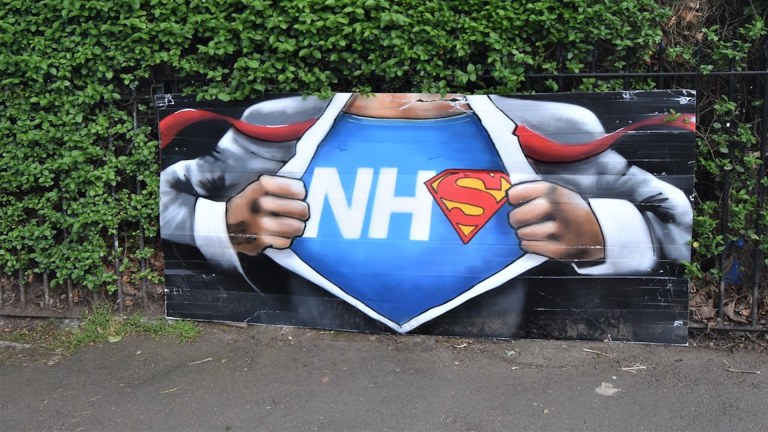But how much of an effect did the pandemic have on diagnoses? “If you look at the trajectories of the rise in gonorrhoea it looks like we’re just getting back to business as usual as opposed to anything necessarily different,” says Anatole Menon-Johansson, clinical director at Brook, a young people’s sexual health charity. “That’s not to say there isn’t a rebound effect… a lot of people did miss the ability to meet.”
Some suggest that increases in some STIs are driven by the decrease in others. “On the face of it, the total number of STIs look steady or even decreasing,” Sinka says. She explains that a decade of prevention programmes have seen the reduction in genital warts and HIV by three times what they were, “but in the meantime gonorrhoea has almost reversed its trajectory. The numbers are amazingly close, but in reverse.”
Years of effort to reduce HIV may have inadvertently caused an uptick in other STIs. “The lowest gonorrhoea rates ever recorded in the UK was in 1996. And that was the year when we first brought out effective treatment against HIV,” says Menon-Johansson. “So while HIV was killing people, they were terrified to have sex until we had effective treatment, which changed their behaviour. Since then, it’s just been rising every year, year on year,” he explains.
One of the key defences against HIV spread is Pre-Exposure Prophylaxis, or PrEP, a treatment that stops HIV infection from sex or drug use. But its use is leaving some to go without condoms. “People with HIV who are on treatment and have undetectable virus can’t pass it on. Consequently, they don’t need to use a condom, which means they can catch infections. There’s a range of sexuality in young people, but we do see more infections in men who have sex with men (MSM). But we’re also seeing a rise in infections of heterosexuals as well.”
Although increases in STIs are most common in some demographics, all groups are susceptible to infection, as Dr Heather Armstrong, lecturer in sexual health from the University of Southampton explains: “There have been increases in STIs among heterosexual people as well as gay, bisexual, and other MSM.”
In terms of how much sex young people are having, we simply don’t know. The British National Surveys of Sexual Attitudes and Lifestyles (Natsal) have the most comprehensive numbers on sexual behaviour, but only take place every 10 years.
“[Over three decades of Natsal] you can see that people are having more sex and more partners at a younger age. But we’ve only got a snapshot,” says Menon-Johansson. “Without data, we have to rely on proxy markers – like abortion rates in young people.”
Dating apps are presumed to influence young people’s behaviour. “Although initially largely used by MSM, dating apps are commonplace in young heterosexual people,” says a spokesperson from the British Association for Sexual Health and HIV. “From an anecdotal perspective, it feels like young people are reporting more sexual partners than in the previous five to 10 years, but we need robust data to be sure of this.”
At the heart of this issue lies the UK’s chronic underfunding of health services. And while the rise in STIs is a national health concern, it is not at the forefront of the government’s health policymaking, says Armstrong.
“The budget for sexual health services has been cut by £1bn since 2015.” BASSH agrees, stating that the “explosion in STI transmission rates comes at a time of deep and persistent cuts to the funding of sexual health services across the UK, as well as a lack of prioritisation and longer-term planning for the wider sexual health workforce.
“If funding continues to be directed away from public health, this worrying trajectory will likely only worsen.”
George Francis Lee is a member of The Big Issue’s Breakthrough programme.
Do you have a story to tell or opinions to share about this? We want to hear from you. Get in touch and tell us more










